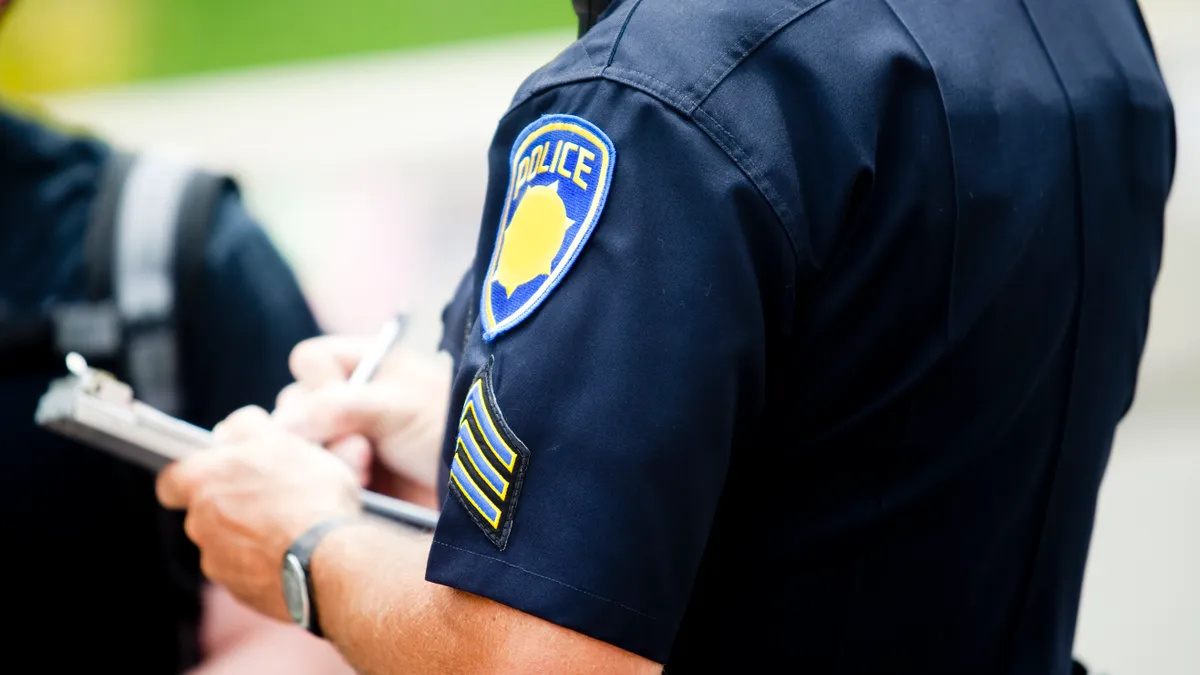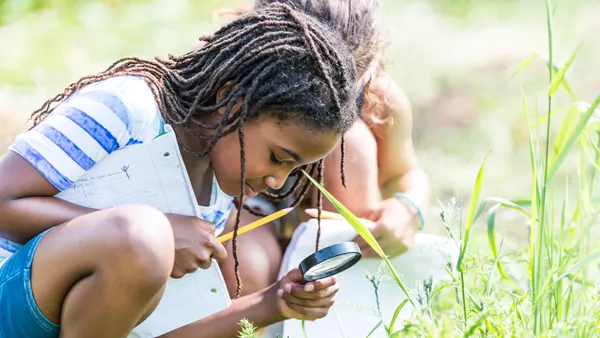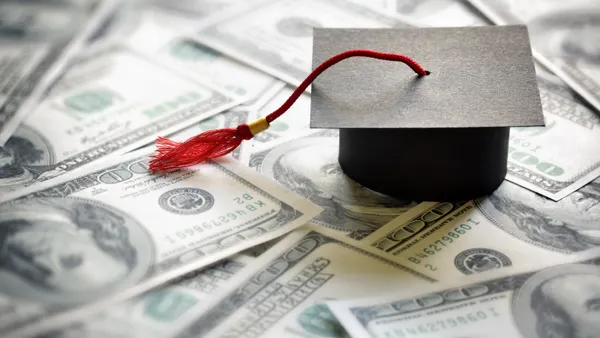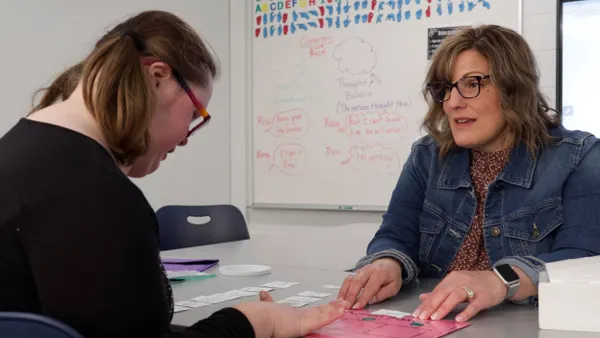Dive Brief:
- High schools that implemented restorative discipline practices saw a notable 35% decline in student arrests at school and a 15% drop in arrests outside of school, according to a University of Chicago study analyzing a decade of data from Chicago Public Schools.
- Additionally, restorative practices reduced out-of-school suspensions by 18% and improved students’ perceptions of school climate, researchers found. The study found a large uptick in students’ sense of school belonging, general feelings about school safety, and positive views about their peers’ classroom behavior.
- The study suggests school administrators consider these findings when deciding whether to implement restorative practices in their buildings. If replicated, such programs could potentially create widespread “tangible, positive results,” the analysis said.
Dive Insight:
As restorative practices gain steam in schools across the nation, the University of Chicago study illustrates how these programs are promising to remedy the “school-to-prison pipeline,” where some school discipline policies contribute to the likelihood of students’ moving into juvenile and criminal legal systems.
The study defines restorative practices as encouragement for “self-reflection, empathetic listening, and the creation of non-judgmental spaces for conflict resolution.”
The most up-to-date disciplinary data from the U.S. Department of Education’s Office for Civil Rights found student referrals to law enforcement increased 12% from 2015-16 to 2017-18. Arrests for school-related activities rose 5% in that same period.
Racial disparities can persist in school discipline practices, as seen in 2017-18 when Black students made up nearly 29% of all referrals to law enforcement and 32% of school arrests, despite the fact that Black students represented a much smaller proportion of total school enrollment at 15%.
Students with disabilities were also disproportionately represented in disciplinary action during the 2017-18 school year, as those served under the Individuals with Disabilities Education Act represented 21% of students who received one or more in-school suspensions and 25% of those who received one or more out-of-school suspensions. Students with disabilities represented just 13% of the total student population.
Upon students’ return to schools following fully remote instruction forced by the COVID-19 pandemic, educators had to address the social-emotional impacts of shutdowns, including an increase in mental health and behavioral issues.
A survey conducted in fall 2022 by EAB found 68% of teachers, support staff, and district and school administrators saw a rise in behavioral disruptions since the 2019-20 school year. Between 2018 and 2022, school staff and administrators reported an increase in bullying, verbal violence between students, verbal abuse against teachers, and physical violence against teachers and students.
The University of Chicago study analyzed data from 239 Chicago high schools between the 2008-09 and 2018-19 school years. Chicago Public Schools began implementing restorative practices in 2013-14.
“The pandemic dramatically reduced in-classroom instruction and corresponded with an uptick in student arrests,” the study said. “As schools now work to accelerate student learning, boost in-classroom instruction, and address students’ socio-emotional needs, RP [restorative practices] programs may help to generate tangible, positive results.”
The research also comes on the heels of findings from previous research that has shown hopeful signs that restorative practices can reduce school discipline rates. For instance, a 2019 study analyzing a similar program in Pittsburgh Public Schools found the practice helped reduce the number of days students were suspended, particularly at the elementary level and among Black children.












